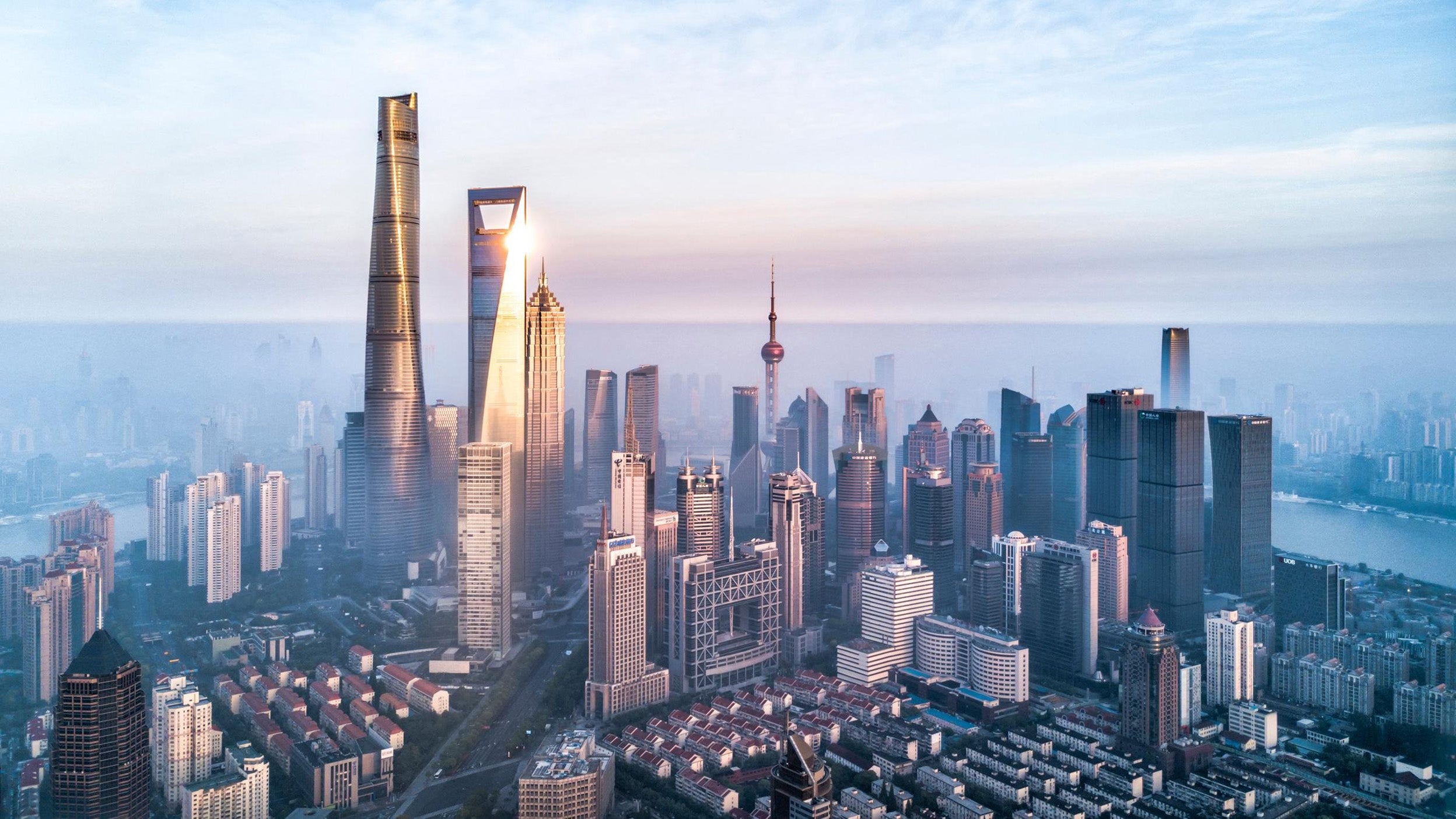Services now employ over half of Asia’s workforce, up from just 22% in 19902, driving demand for office, residential, and hospitality assets.
Diversification and capital flows
Cross-border capital flows into APAC real estate have surged, with transaction volumes up 125% between 2009–2014 and 2020–2024.3 Improved market transparency and lower return correlations with Western markets enhance APAC’s appeal as a diversification play.
- Japan, Korea, and Australia show particularly low intra-regional return correlations.
- Senior living and data centers in Korea and Australia are among the most attractive sectoral opportunities.
Attractive valuations and yield spreads
APAC real estate valuations remain below peak levels, with cap rate spreads in markets like Japan and Australia offering attractive risk-adjusted returns. As interest rates decline and bond yields stabilize, the region is well-positioned for a capital value recovery.
Conclusion
With resilient economic fundamentals, evolving trade dynamics, and sector-specific opportunities, APAC real estate presents a timely and strategic investment opportunity for institutional investors. Invesco may consider value-add and opportunistic strategies, as well as real estate debt in high-rate markets, particularly well-suited to this phase of the cycle.
For the full analysis, read “Why APAC Real Estate Now?”







